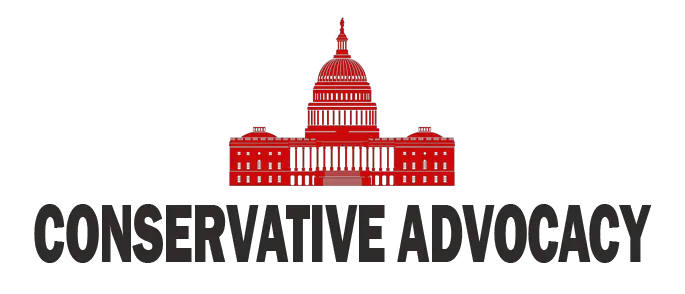The latest buzz in the political arena revolves around newly released documents related to Russian meddling in the 2016 election, which has taken the world of Washington by surprise—again. Congressman Rick Crawford, a prominent Republican and chairman of the House Intelligence Committee, recently weighed in on the situation, shedding light on what’s been dubbed the “Russia collusion hoax.” The documents, which some claim had been hidden away for years, finally saw the light of day thanks to the advocacy of President Trump, who felt the information was crucial for rebuilding trust among the American populace.
Crawford explained that many believe Republicans had access to the information all along, but that couldn’t be further from the truth. Much of the evidence from the 2017 and 2018 work of the Intelligence Committee was stored securely in a CIA safe, inaccessible and practically out of reach for years. It wasn’t until more recent adjustments and addendums surfaced in 2020 that the truth started to unfold. This week, Crawford and his colleagues finally unveiled these long-awaited documents for the American people to scrutinize. It’s almost like a surprise party except for the fact that nobody was invited to it until just now!
In this ongoing saga, Congressman Crawford took great care to address a critical piece of the puzzle: the infamous Steele dossier. He argued that this contentious report, which was funded by Hillary Clinton’s campaign, was indeed the backbone of the Russia collusion narrative. Critics argue that this dossier played an uninhibited role in shaping conclusions about Trump’s alleged collusion with Russia, leading to a vast investigation that many now call flawed. It seems Crawford’s focus here is on putting the pieces together. He claims that the very foundation of the Russian interference theory rests on dubious circumstances and circumstantial evidence, not reliable facts.
As for the man at the center of the storm, John Brennan, the former CIA director, could potentially find himself back in the hot seat before Congress to answer for his past actions. Crawford and others are advocating for a strike force to examine Brennan’s testimony and actions. It’s almost like a detective story unfolding, where Brennan, a character who may have more twists than the plot allows, could have to face some tough questions. With the notion of organized crime linked to this investigative force it raises the stakes for all involved. It’s clear that the dynamic continues to evolve, and transparency is a recurring theme in this narrative.
Meanwhile, former President Obama’s spokesperson dismissed the claims as “bizarre” and “ridiculous,” maintaining that nothing in these documents changes the overall understanding that Russia attempted to interfere with the election, even though it did not manipulate any votes. Crawford suggests that such defensive remarks are to be expected from the former president, as he is tethered to the origin of this controversy. Crawford believes that what transpired was essentially a perpetration of fraud against President Trump, implying that the narrative being crafted around Russian collusion was a concoction aimed at undermining Trump’s presidency.
In the whirlwind of accusations, historical context, and political maneuvering, it’s important to recognize that the public now has these documents to consider. Whether they choose to read them is another story entirely. With a saga that has unfolded over years, filled with political turmoil, insistence on accountability, and calls for transparency, the revelations from the House Intelligence Committee might just be the tip of an iceberg that both parties will continue to debate from here on out.




